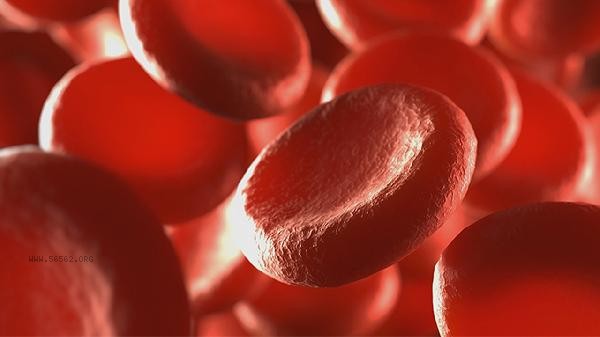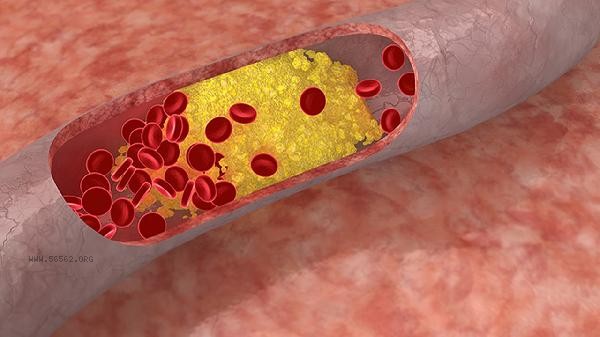The increase of ESR of erythrocyte sedimentation rate may indicate inflammation, infection or autoimmune diseases. The common associated diseases mainly include rheumatoid arthritis, systemic lupus erythematosus, tuberculosis, multiple myeloma and malignant tumors. Elevated ESR itself is not a disease, but it needs to be combined with other examinations to determine the cause.

1. Rheumatic arthritis:
Rheumatic arthritis is one of the typical causes of elevated ESR and belongs to autoimmune diseases. Inflammatory response leads to synovial hyperplasia, releasing inflammatory mediators to accelerate red blood cell aggregation. The patient often experiences morning stiffness and symmetrical joint swelling and pain, and needs to be diagnosed through anti cyclic citrullinated peptide antibody testing. The treatment mainly involves the combination of nonsteroidal anti-inflammatory drugs and immunosuppressants, such as methotrexate and leflunomide.
2. Systemic lupus erythematosus:
The significant increase in ESR in patients with systemic lupus erythematosus is related to the deposition of immune complexes. During the active phase of the disease, it can affect the skin, kidneys, and blood system, resulting in butterfly shaped erythema, proteinuria, and leukopenia. Antinuclear antibody and anti double stranded DNA antibody testing are key diagnostic criteria, and treatment requires the use of glucocorticoids combined with hydroxychloroquine.
3. tuberculosis:

The cause of active tuberculosis is chronic infection, which leads to the continuous increase of ESR. Mycobacterium tuberculosis causes granulomatous inflammation, with patients presenting with low-grade fever, night sweats, and coughing up phlegm. Tuberculin test and sputum culture can assist in diagnosis, and standardized use of isoniazid, rifampicin and other anti tuberculosis drugs is required. The treatment course is usually more than 6 months.
4. Multiple myeloma:
Abnormal proliferation of plasma cells leads to excessive secretion of monoclonal immunoglobulin, accelerating the accumulation of red blood cells in a coin like pattern. The patient may experience bone pain, anemia, and renal dysfunction, and the detection of M protein by serum protein electrophoresis can confirm the diagnosis. The treatment uses proteasome inhibitors such as bortezomib combined with autologous stem cell transplantation.
3. Malignant tumor:
Some solid tumors or blood tumors will secrete inflammatory factors to promote the elevation of ESR, such as lymphoma, breast cancer in the late stage. Tumor related cachexia and persistent fever are common manifestations that require imaging examination and pathological biopsy for diagnosis. The treatment plan is formulated based on the type of tumor, including surgery, radiotherapy, or targeted therapy.

It was found that an increase in ESR should be detected through a combination of C-reactive protein and blood routine tests to distinguish between infectious and non infectious factors. Daily exercise and high-fat diet should be avoided to interfere with the test results. Chronic disease patients are recommended to have ESR dynamic changes rechecked every 3 months. If there are persistent abnormal symptoms such as weight loss and unknown fever, it is necessary to undergo in-depth examinations such as PET-CT or bone marrow puncture in a timely manner. Maintaining a regular daily routine and balanced nutrition can help alleviate inflammatory reactions, but after being diagnosed with a disease, it is necessary to strictly follow medical advice for targeted treatment.








Comments (0)
Leave a Comment
No comments yet
Be the first to share your thoughts!